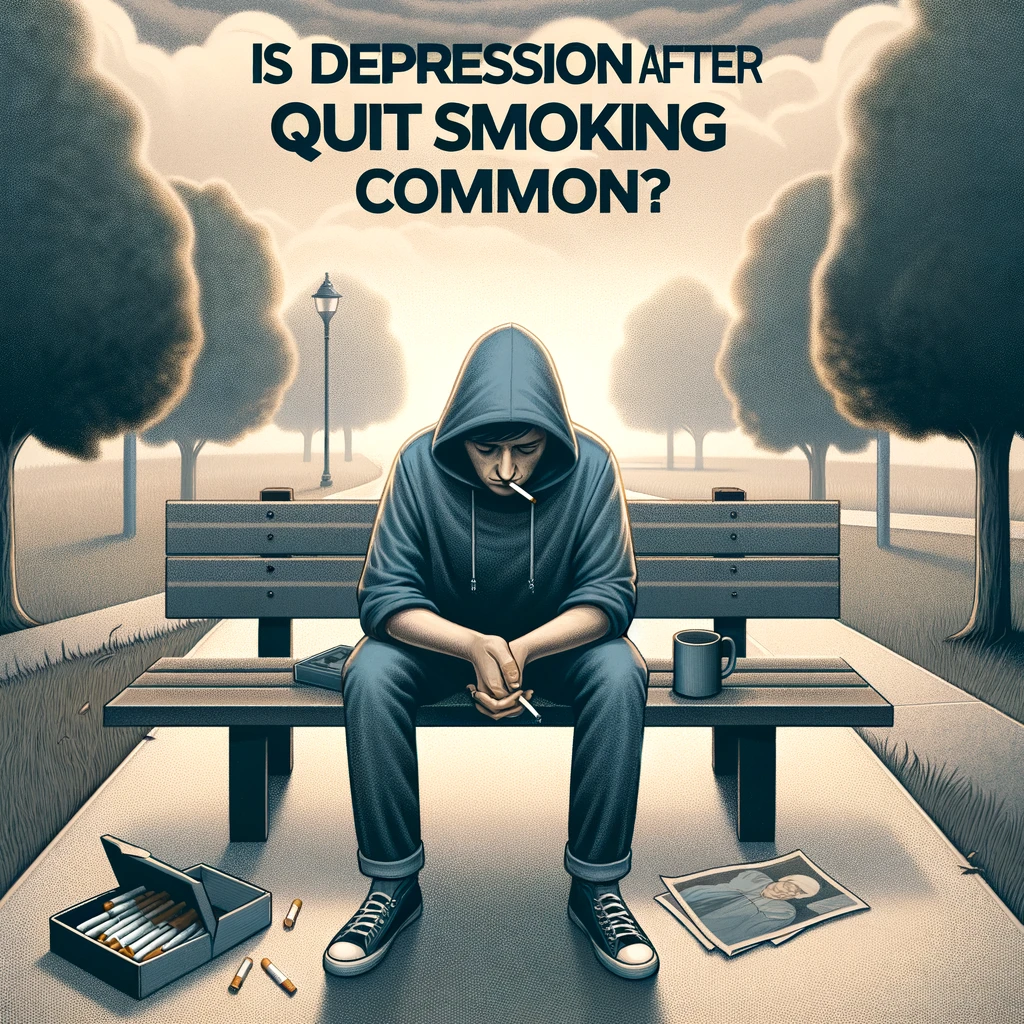Cigarette Smoke Damage
Although most smokers are aware of the harmful effects of smoking, this may not be enough to overcome the reasons why they are smoking. A careful review of these reasons may help them come to the conclusion that is the time to quit.
How many people look back at the end of their lives and think – I’m sure glad I was a smoker, or I really regret giving up smoking?
Now is the time to begin taking action and getting the help necessary to break this habit. You’ll be glad you did.
Smoking is associated with significantly increased overall morbidity and mortality. This was recognized early in the era of industrialized cigarette production and mass use. In the 1950’s there were already reports linking cigarette smoking with the fast rise in the rate of lung cancer. Today, knowledge of the negative health consequences of smoking is widely recognized, but smoking still remains the number one cause of preventable death in developed countries.
Tobacco smoke is a dangerous substance with more than 500 know cancer-causing chemicals. Every time a smoker lights up he or she is being injured to some degree by inhaling these poisons. Lung cancer is presently the number one killer in both men and women; in the year 2000 some 300,000 people died form lung cancer in the United States alone.
Facts:
- Among smokers aged 35 to 69, smoking accounts for a threefold increase in the death rate.
- Approximately half of all regular smokers that begin smoking during adolescence will be killed by tobacco (WHO)
- In 1985 it was estimated that more than one in every six deaths in the USA was the result of smoking.
- Smokers have more acute and chronic illnesses than those who have never smoked, more bed-ridden days , and more days missed from school and work.
- Smokers make greater use of inpatient and outpatient hospital services and lower use of preventive care services.
- Of all cancer deaths in the US, 30% could be prevented if cigarette smoking were eliminated.
Cardiovascular Disease:
Cardiovascular disease is the leading cause of death in developed countries, and smoking is considered one of the major risk factors in its development. Coronary artery disease (CAD), cerebrovascular disease, abdominal aortic aneurysm, and peripheral vascular disease are all caused by smoking. The degree of this risk is proportional to the amount of cigarette smoking.
Cigarette smoking exacerbates both the frequency and duration of ischemia in patients with CAD. Furthermore, in patients continuing of smoke within 3 weeks of receiving thrombolytic therapy after a myocardial infarction, the risk of reinfarction increased form 5.1% to 20% compared to smokers who quit.
Smoking is the single most important risk factor for the development of large vessel peripheral vascular disease.
This is mediated throught smoking induced atherosclerosis and vasoconstriction.
Smoking is associated with atherosclerosis of the aorta, and death rates from ruptured abdominal aortic aneurysm (AAA) are highter in smokers: 59% of all aortic aneurysm is the result of smoking. The death risk of AAA is two to three times higher in smokers as compared to never smokers.
Smoking causes an acute increase in blood pressure, pulse rate, plasm ACTH, cortisol, aldosterone, and catecholamine levels.
Respiratory Diseases:
The irritant and inflammatory effects of tobacco smoke lead to increased cell turnover, damage to cells and tissues in the throat and lungs, and interference with the normal barrier and clearance mechanism of the lung. the loss of the protective cilia allows harmful smoke particles, dust and bacteria to invade the lungs…thus reducing resistance to lung diseases.
Studies have indicated that smoking is the primary risk factor for accelerated decline in respiratory function.
Combined exposure to asbestos and cigarette increases the relative risk of developing lung cancer five-fold over smokers not exposed to asbestos. Tobacco-initiated damage can also be amplified by exposure to other toxic agents, such as asbestos or alcohol.
Smokers of all ages are more likely ot report pulmonary symptoms such as chronic cough, phlegm production, wheezing, and shortness of breath. Studies have found that smoking is associated with an increased rate of acute respiratory infection.
Furthermore, mortality from influenza and pneumonia is increased and this increase is directly proportional to the amount of cigarettes smoked.
Overall, smoking is responsible for 82% of chronic lung disease. The best form of treatment for this is to quit smoking; antibiotics help, as does exercise. a lung transplant could be required in extreme cases .
Children:
Smokers who have children, particularly children with asthma, may have another compelling reason for kicking the habit.
Unknowingly, they could be contaminating their children’s bloodstream with a major nicotine metabolite called cotinine, while damaging their children’s bronchial function in the process. Shockingly, cotinine levels were nearly 10 times higher in children of parents who smoked more than half a pack of cigarettes per day, with the mother’s smoking habits having by far the greatest impact on the child’s cotinine levels. The higher the level of cotinine in the child’s urine, the worse the child’s bonchilal sensitivity.
Other childhood diseases are more prevalent amongst children whose parents smoke. For example, a child with parents who smoke is estimated to be at 30 times greater risk of developing leg-hip perthes disease.
Get a personal consultation.
Feel free to contact us nearest to your location







